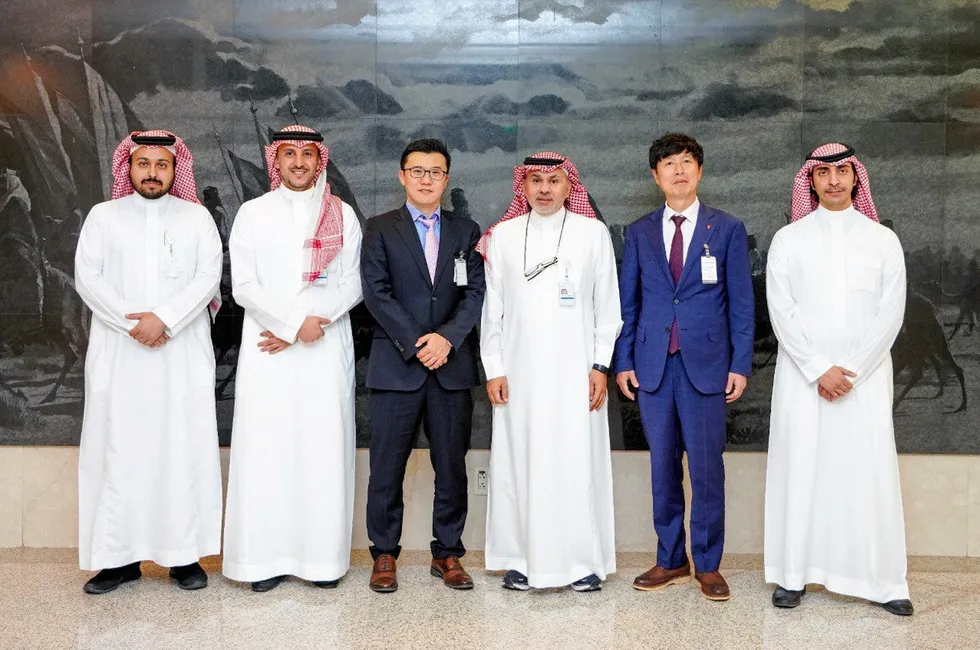World’s first commercial shipment of hydrogen-derived 'clean' ammonia to travel from Saudi Arabia to South Korea by end of year
Lotte Fine Chemical to import 50,000 tonnes of blue NH3 produced by Saudi Aramco subsidiary

Lotte Fine Chemical to import 50,000 tonnes of blue NH3 produced by Saudi Aramco subsidiary
